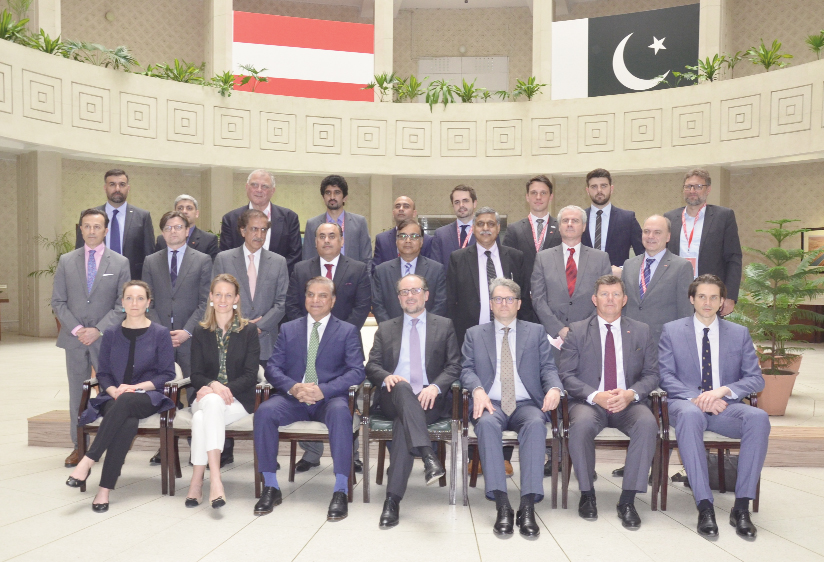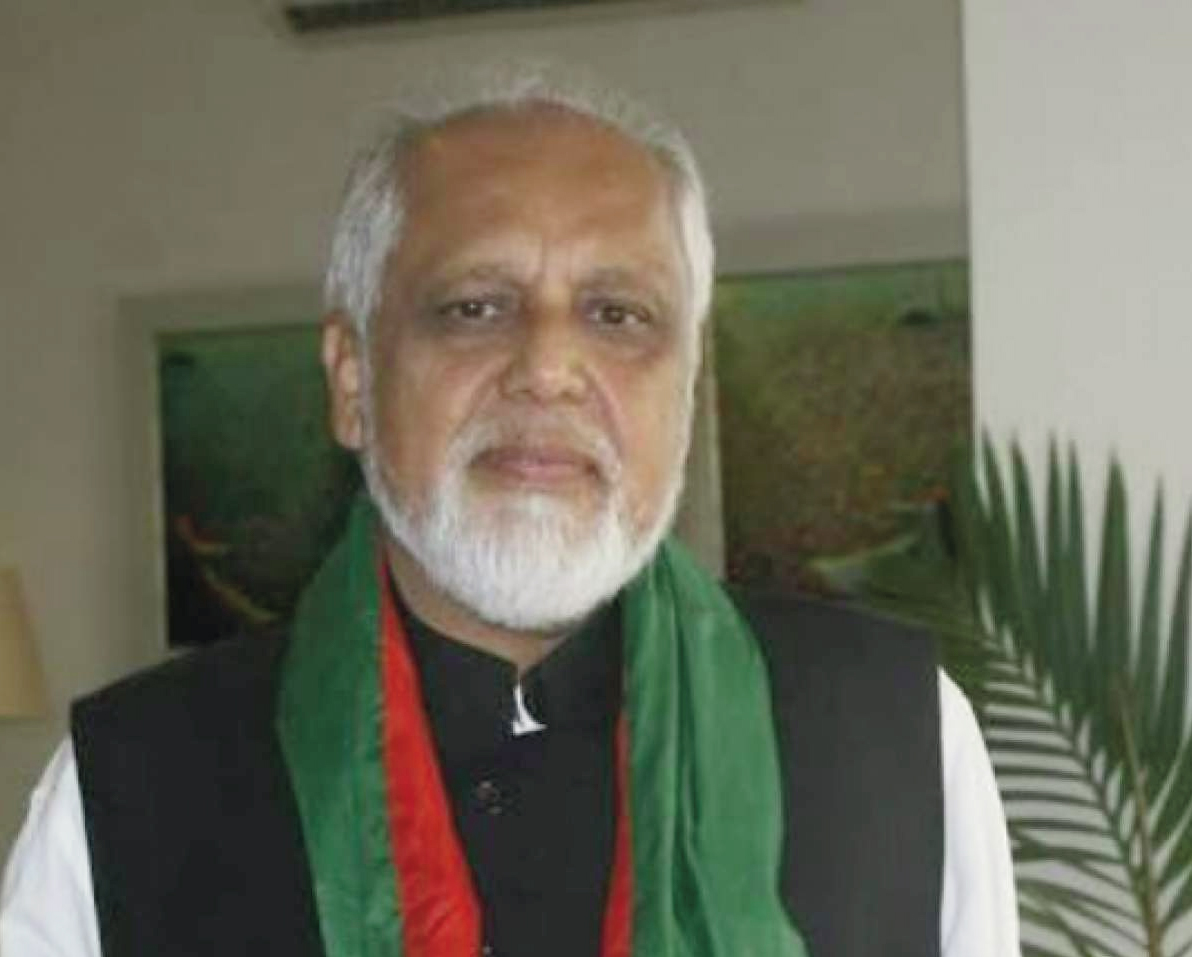Decade of Dams’ to add 11.7 MAF of water, 11, 369 MW High-level Austrian delegation explores ways to partner with WAPDA
Austrian Foreign Minister Mag. Alexander Schallenberg accompanied by Austrian Ambassador to Pakistan Mr. Nicolaus Keller and a high





